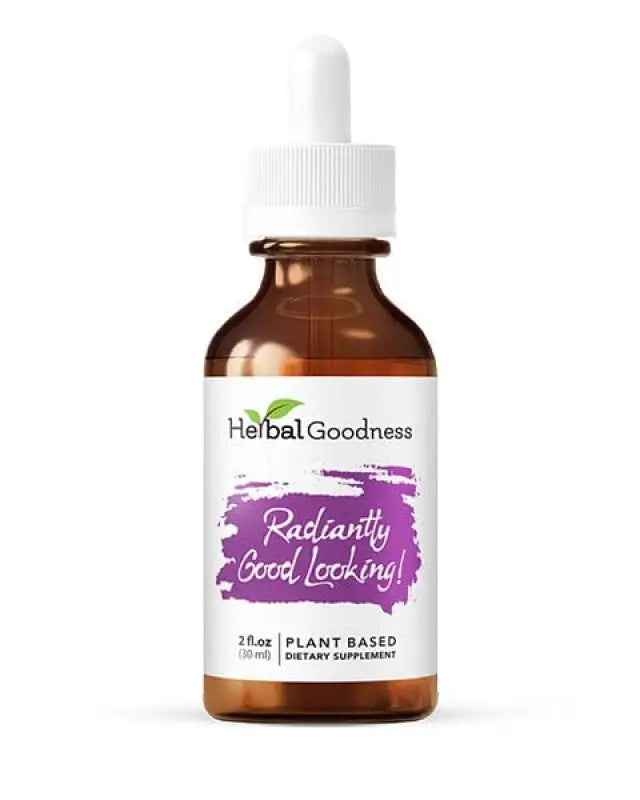Protecting Yourself from the Sun | Herbal Goodness
If humans, like plants, have chlorophyll instead of melanin, then maybe we wouldn’t squint our eyes while we walked; maybe sunshades wouldn’t have been invented; maybe we wouldn’t hide under rainbow-colored umbrellas sipping Piña Colada on a Caribbean beach.
The sun is the ultimate source of energy and the giant ball that sustains all life. Basic science has taught that without it, plants cannot grow, and if plants cannot grow animals and humans cannot feed. Aside from this, the sun helps in the condensation process whereby groundwater vaporizes into the sky and consequently falls down as rain. This implies that the sun plays a huge role in seasonal changes. Furthermore, it is known that sunlight helps humans synthesize vitamin D (an important vitamin which helps in bone development) in their skins we cannot synthesize it ourselves.
Despite these useful vital roles played by the sun in keeping the earth in one piece, the effect it leaves on human health is sometimes pernicious. Thus, there is a need to protect yourself from the sun especially during summer when you would be spending more time outdoors with friends and family. And here are ways to do this:
1. Foods: Foods and fruits rich in vitamin A and C such as carrots, oranges, tangerine, tomatoes and other foods containing lycopene protect the body against the advert effects of the sun from within. The sun affects the skin through its ultraviolet rays. Ultraviolet rays cause oxidative stress on the skin pigment, melanin. As antioxidants, vitamin A and C help protect melanin against the oxidative effects of the sun.
2. Go Vegan With Sunscreens: Common sunscreens are laden with chemicals that leave negative impacts on the skin such as allergies, hormone disruption, and cell damage. Therefore, it is necessary to seek out sunscreen products that are almost 100% organic. For example, The Healthy Sunscreen SPF30 Body Cream has shea butter, green tea extract, and cooling cucumber, while Sunology SPF50 Body Sunscreen contains antioxidants and omega oils.
3. Right Clothing: Sun-bathing with bikini or shorts can be ‘cool’ and leave your skin with the right tan and vitamin D. However, this practice shouldn’t be done continually and for long periods because it can cause damage to the skin. Some experts even discourage sun tanning. As an alternative, they recommend self-tanning products used alongside a sunscreen. So wear clothes. Once the skin is covered, the sun cannot get to it.
4. Know your skin: It has been discovered that dark-skinned individuals produce less vitamin D than individuals with fair skin. Also, older people produce less vitamin D than younger people. What these imply is that staying under the sun for a long time can pose deleterious effects on the skin of old adults and individuals with fair skin.
5. Know the right time to be under the sun: Since the sun is one of the major ways of synthesizing vitamin D, it will be out of place to say that individuals should avoid the sun totally. Is this even possible? The ideal thing is to know the best time to be under the sun (depending on one’s schedule and skin type.) It has been recommended that individuals should avoid the sun between 10 a.m. and 3 p.m.
Credits:
Debbie Namugayi, 5 Natural and Vegan Sunscreens for Summer (One Green Planet, 2011.)
Lisa Esposito and Deborah Kotz, How Much Time in the Sun Do You Need for Vitamin D (U.S. News & World Report; Health, July 18, 2018.)
Related: What’s the Deal with Papaya Leaves?
Five Ways to Prioritize Skin Care and Support Skin Health | Herbal Goodness













